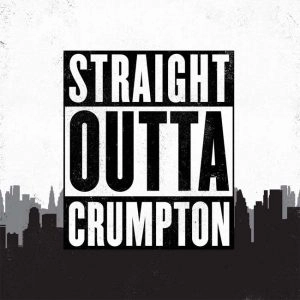Creating a Proper Power Plan
When people think of microprocessors, computers are the first thing that comes to mind. Yet, all the PCs, Apple desktops, engineering workstations, and supercomputers comprise less than 1% of the microprocessors sold yearly. So, where are all these microprocessors hiding? Well, they are in all the devices people use every day.
Today’s homes contain hundreds of microprocessors. Microprocessors make living a lot easier, from wiring to home entertainment systems, lighting, and other smart home devices. What makes all these devices run? Power. And to ensure those devices used to keep a home operating, it isn’t enough to have a reliable power supply; a proper power plan is critical.
Power quality and reliability are two parts of a power plan residential homeowners must understand to keep those microprocessors running efficiently. So, how do people create a proper power plan?
On this epsiode of The Next Generation of Energy, Bobby Brill spoke with the man himself, Joe Piccirilli, CEO of RoseWater Energy, to get those answers and find out what comprises a sound power plan.
Brill and Piccirilli cover the following in their discussion:
- The growing need for sophisticated home medical devices requiring a reliable energy supply
- Forming a power plan that consists of the correct type of alternative power storage to assist with power grid load changes and other issues
- Understanding power conditioning to provide consistent voltage to a home
“The output of a RoseWater power conditioner is always 120 volts,” Piccirilli said. “There is no transfer time involved. Its very function is to make sure that the residents of this critical load panel are always being fed 120 volts. That’s what the primary purpose of this device does.”
About Joe
Joseph Piccirilli is an accomplished consultant, strategist, and speaker with four decades of experience in the consumer electronics, systems integration, and energy industries. In his current capacity at RoseWater Energy Group, he oversees the manufacturing, sales, and distribution of leading new technology for residential power storage and handling efforts. Piccirilli received his BA in Engineering from the University of Michigan.









